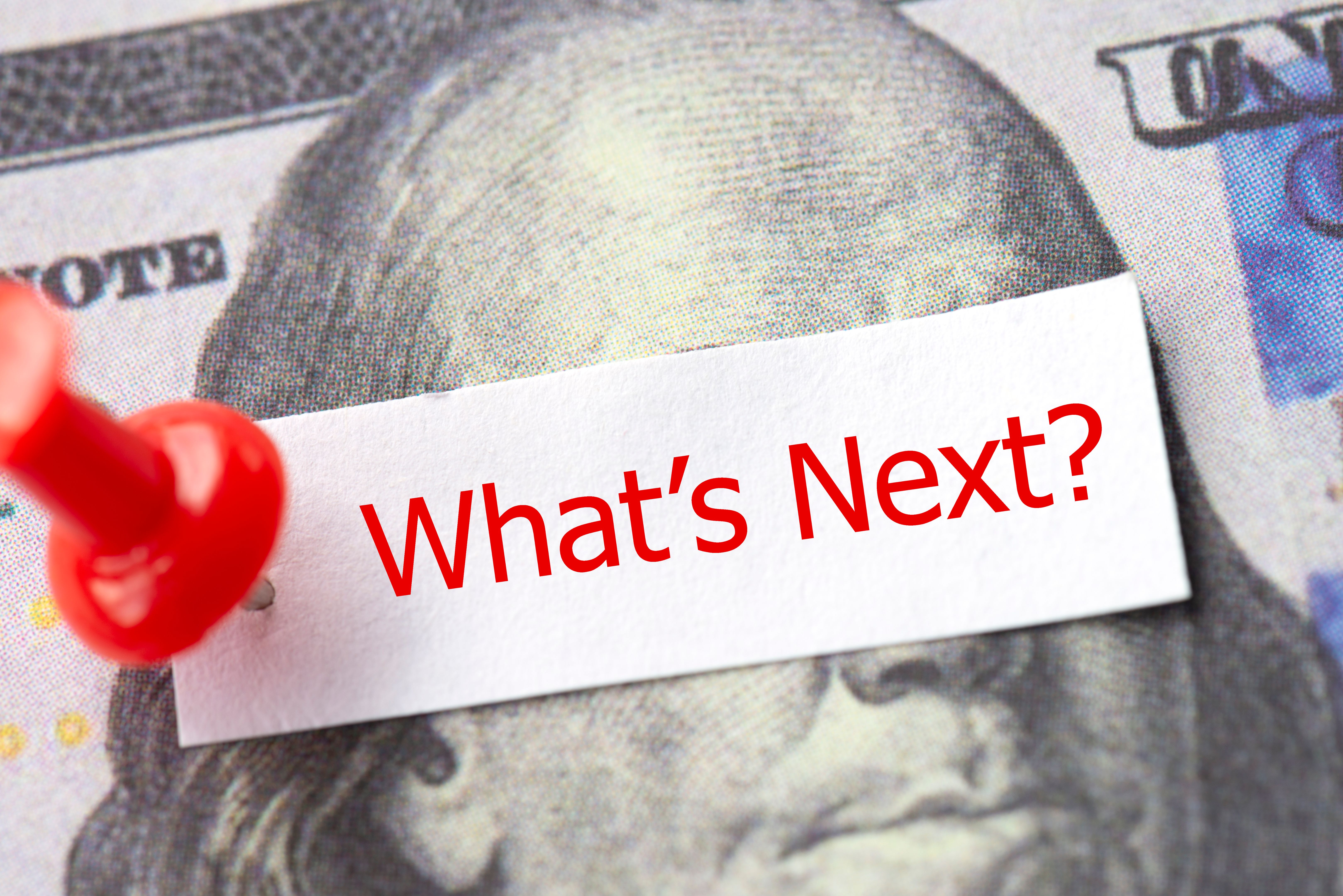The Myth of the Free Lunch: Analyzing the Hidden Costs
Understanding the Concept of a Free Lunch
The phrase "There’s no such thing as a free lunch" is often used to highlight the idea that it is impossible to get something for nothing. While it may seem like you're getting something for free, there are often hidden costs or strings attached that may not be immediately apparent. This concept is particularly relevant in today's fast-paced world, where offers and promotions frequently promise alluring benefits without upfront costs.

Originally coined in the context of economics, the expression has transcended into everyday life. Businesses and individuals alike must navigate a landscape filled with enticing offers that may carry unforeseen consequences. Understanding these hidden costs can help consumers and decision-makers make more informed choices.
The Hidden Costs of Free Offers
At first glance, a free offer might seem like an unbeatable deal. However, there are often underlying costs involved that can manifest in various forms. Companies may present these offers to attract customers, expecting to recoup their costs through other means, such as increased sales or long-term customer loyalty.
Some common hidden costs associated with free offers include:
- Time Investment: Free offers often require you to invest time, whether it's attending a sales pitch, completing surveys, or navigating complex sign-up processes.
- Data Collection: Many free services are monetized through data collection, meaning your personal information becomes the price you pay.
- Commitment Traps: Free trials or introductory offers frequently lead to automatic subscriptions or purchases if not canceled within a specific timeframe.

Economic Implications
From an economic perspective, the myth of the free lunch can have significant implications for both individuals and businesses. For consumers, it’s crucial to recognize that "free" incentives might influence purchasing decisions and lead to overspending on products or services that were not initially needed or desired.
For businesses, offering something for free can be a strategic marketing move. While it may incur initial costs, the long-term benefits such as customer acquisition and brand loyalty can outweigh these expenses if executed properly. Companies must carefully design their strategies to ensure that the perceived value from their offers justifies the cost.
Balancing Benefits and Costs
To effectively navigate the landscape of free offers, consumers should develop a critical eye for evaluating such opportunities. Considerations should include understanding potential obligations and assessing whether the benefits truly outweigh the concealed costs.

Being aware of common tactics used by companies to present something as "free" is also beneficial. It helps in making informed decisions and avoiding pitfalls associated with seemingly costless deals. Always read the fine print and question what might lie beneath the surface of an appealing offer.
The Role of Transparency
Transparency plays a crucial role in demystifying the myth of the free lunch. Companies that prioritize clear communication about their offers can build trust with their customers. This transparency allows consumers to better understand the true nature of what they are receiving and what may be expected in return.
Ultimately, while free offers can provide genuine value, skepticism and due diligence are essential tools for consumers to avoid falling into hidden traps. By recognizing and analyzing the hidden costs, both individuals and businesses can make more informed and beneficial decisions.